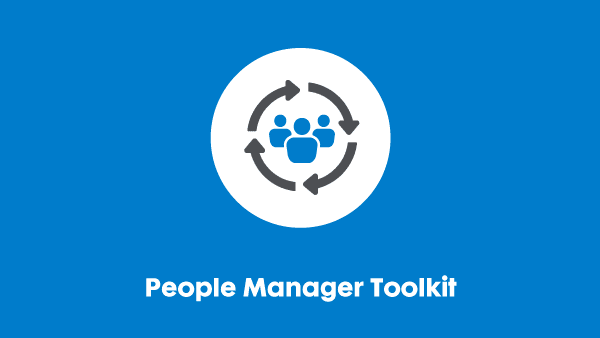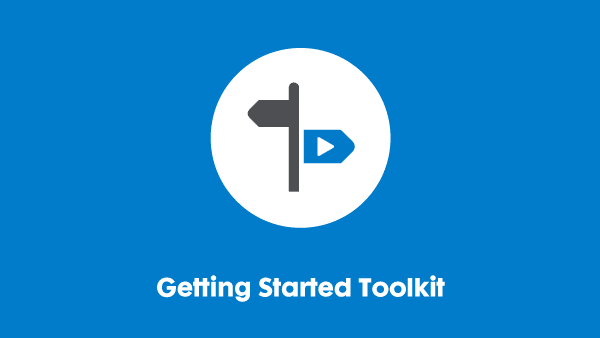Last updated: 12 December 2024
Talking to people about their disabilities
This resource discusses how to think about language when talking to someone about their disability. It also covers what to do if you suspect someone may be disabled and need support at work.
Language
Listen and ask
When talking to someone about their disability, listen to how they talk about themselves and try to use the same language. If you’re unsure what language they’d like you to use, ask them.
For example, if someone with a disability talks about them ‘having’ their disability rather than ‘being disabled’, try to do this as well.
There are some occasions where this may not be appropriate – for example, if they are using a historically negative term for their condition ironically. Some people will use language about their own conditions that they would not feel comfortable for someone else who doesn’t have that condition to use.
If you are unsure whether you could cause someone offence, ask them respectfully what language you should use. This is much less likely to cause offence than using the wrong language.
Accept corrections
Someone might correct you if you say something about their disability which they do not like. Accept this, apologise and move on.
Remember what they’ve said, and adopt their preferred language in future conversations with them.
Person-first and identity-first language
There are different ways of talking about disability, and the main two are ‘person-first’ and ‘identity-first’. An example of person-first language is ‘person with autism’ or ‘person with dyslexia’. Using identity-first language, those examples would be ‘autistic person’ or ‘dyslexic person’.
Some people prefer one over the other, and it can depend on the condition and the individual. For example, some autistic people feel that their autism is such an integral part of their identity that it would be inaccurate to say they are a ‘person with autism’ because the person and the autism are inextricable. These people might say that identity-first language better reflects their identity.
On the other hand, some people prefer to use person-first language. This can often be the case for people with acquired conditions, such as someone who began using a wheelchair later in life. Someone who prefers person-first language may see themselves as having an identity that isn’t defined by their disability.
There are no hard and fast rules about what language to use with individuals. You should always ask someone how they like to identify if you are unsure. Take your lead from them, and don’t be afraid to ask – respectfully – if you’re not sure.
Panel – Person-first or identity-first language?
At our 2022 Global Conference, we asked a panel of experts whether people should use person-first or identity-first language. Here, we highlight the answer of Bianca Prins, Global Head of Accessibility at ING. She explains why she prefers person-first language.
If you think someone could have a disability
If someone is having difficulty at work and you think it could be related to a disability you’re not aware of, you may need to have a conversation with them.
The law
Employers have a legal responsibility to consider adjustments when they could be expected to know that an employee has a disability – not just when someone tells you they’re disabled.
This means that you must talk to someone if you think they could need adjustments because of a disability.
The conversation
While you must offer someone adjustments if you think they could need them because of a disability, you shouldn’t try to diagnose them.
It’s better to say something along the lines of: “I’ve noticed you’ve been having X issue at work – can we talk about why and see if there is anything we can do to help?” You don’t have to use the language of disability and ‘reasonable adjustments’, this could be a conversation you have with any employee to boost productivity. In fact, the difficulties might not be disability related at all. For example, someone who is struggling to concentrate or seems distracted could have relationship or money worries. You might be able to offer help and support with this too, for example by referring them to an Employee Assistance Programme. The most important thing is to try to create an open and trusting culture at work where someone can talk to you about problems that they might be having.
If they insist that there isn’t an issue or that they don’t need help, accept this but keep a watch on how the person is doing. You might need to have the conversation again where you say again the difficulties you have noticed them having and again offering to talk about it so that you can work out a solution together. If they do tell that they are in pain, seeing a medical specialist, awaiting a diagnosis or that they have a disability then you can move onto talking about workplace adjustments that arranging a workplace assessment if needed.
Our People Manager Toolkit has more information and advice about talking to employees about adjustments.
Think about when it’s appropriate
You don’t always have to talk about disability. You should only address a person’s disability where it is relevant..
Our Welcoming Disabled Customers Guide has more guidance on talking to disabled customers and service users and the language to use.
If you require this content in a different format, contact enquiries@businessdisabilityforum.org.uk.
© This resource and the information contained therein are subject to copyright and remain the property of the Business Disability Forum. They are for reference only and must not be copied or distributed without prior permission.


